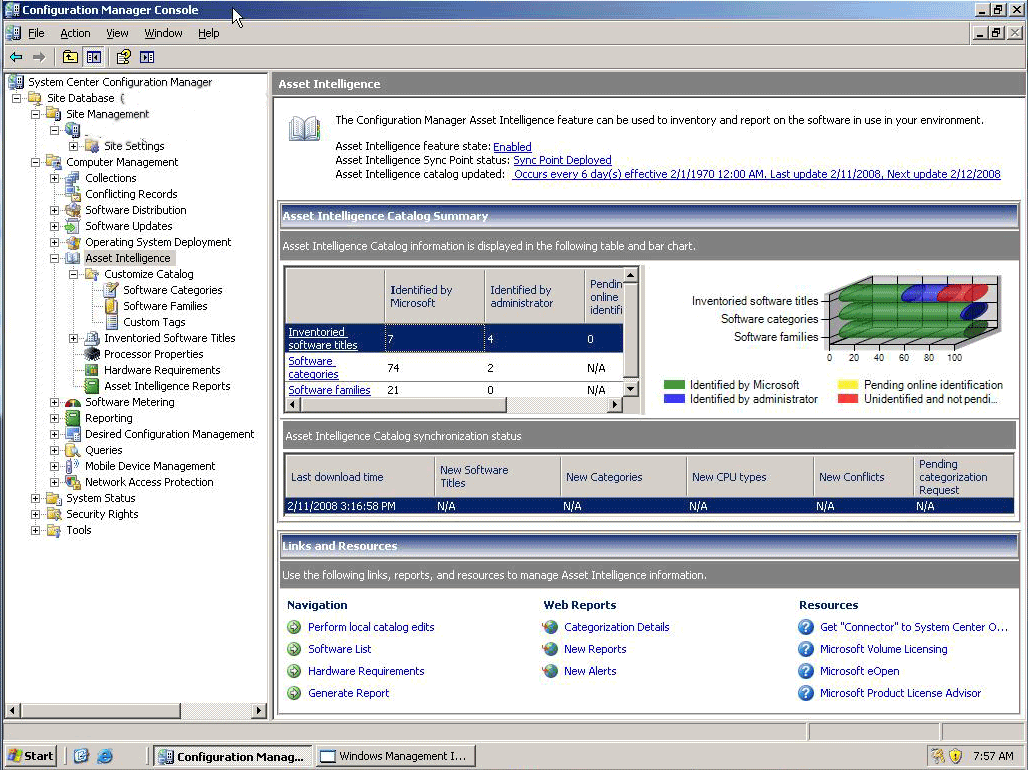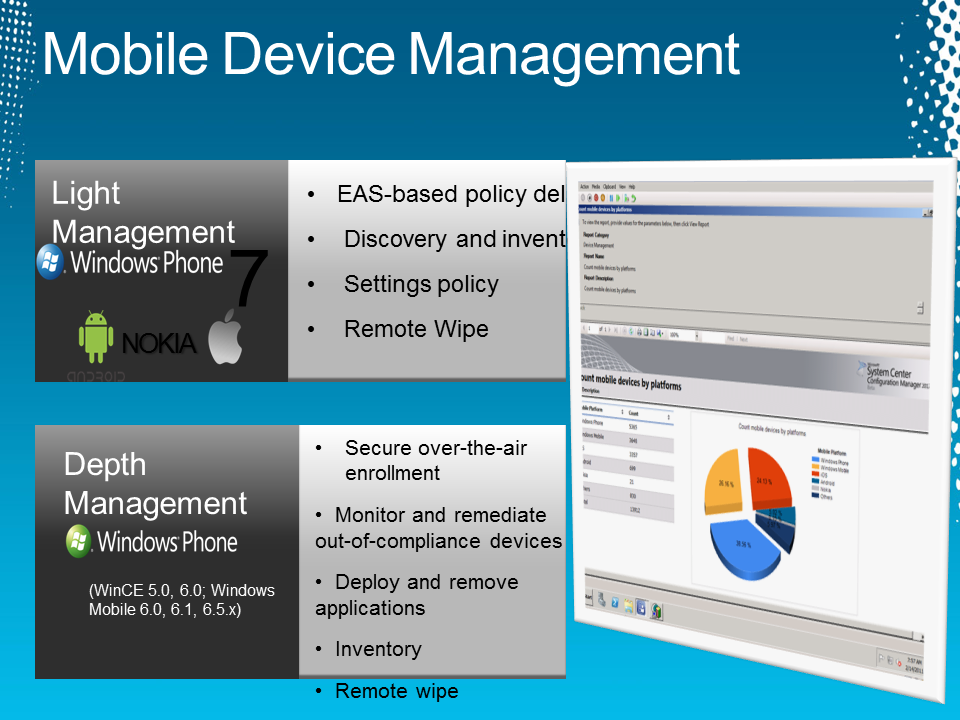

A Configuration manager administrator creates virtual applications in a package form and then replicates them to the specified Distribution Points (or file servers).In order to put the app into use, you must make packages in the SCCM console that contain the instructions to be followed and the files to be run.We will now go through the process of how the System Center Configuration Manager functions step-by-step. Reporting services, which generate reports about the managed resources.Management points, which provide access to the SCCM console.Distribution points, which are used to deploy applications and patches.



We’ll also discuss the different versions of SCCM, the deployment options available, the best practices for using it, and the various tools and solutions that are part of the SCCM package. In this blog, we’ll take a closer look at Configuration Manager and explore its components, features, and benefits. It provides IT professionals with an integrated platform to manage and deploy software, hardware, and other resources across their networks. Configuration Manager, commonly known as SCCM, is a powerful and versatile tool created by Microsoft.


 0 kommentar(er)
0 kommentar(er)
